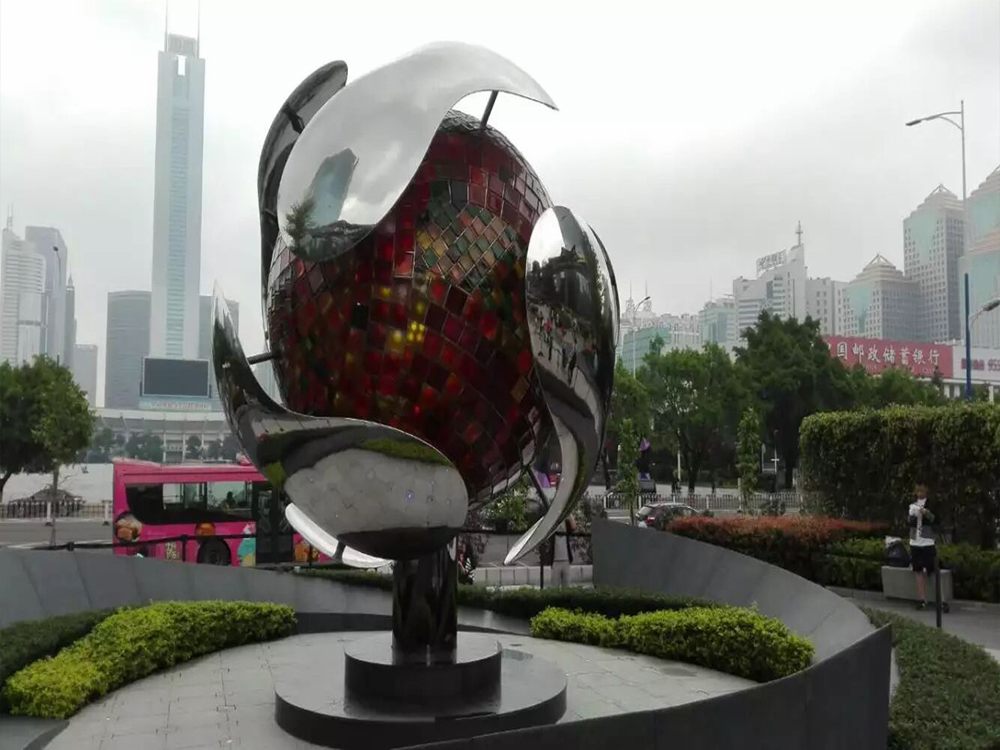
Stone sculpture is a timeless art form that employs various techniques to transform raw materials into expressive works. Two primary methods dominate this craft: additive construction and subtractive carving. Understanding their differences is essential for artists and enthusiasts alike.
Additive Construction involves building up layers of material to create a sculpture. Artists use materials like clay, wax, or even stone fragments, bonding them together to form the desired shape. This method allows for greater flexibility, as mistakes can be corrected by adding or reshaping material. It’s ideal for intricate designs and experimental pieces.
Subtractive Carving, on the other hand, starts with a solid block of stone, and the artist removes material to reveal the sculpture within. This technique demands precision, as errors are difficult to undo. Tools like chisels, hammers, and grinders are commonly used. Subtractive carving often results in more durable and monolithic artworks, showcasing the stone’s natural beauty.
Key differences include:
1. Process: Additive builds up; subtractive removes.
2. Flexibility: Additive allows adjustments; subtractive is more rigid.
3. Tools: Additive uses bonding agents; subtractive relies on carving tools.
4. Outcome: Additive works are often lighter; subtractive pieces are solid and enduring.
Both methods offer unique artistic possibilities, and the choice depends on the sculptor’s vision and the desired final product.

